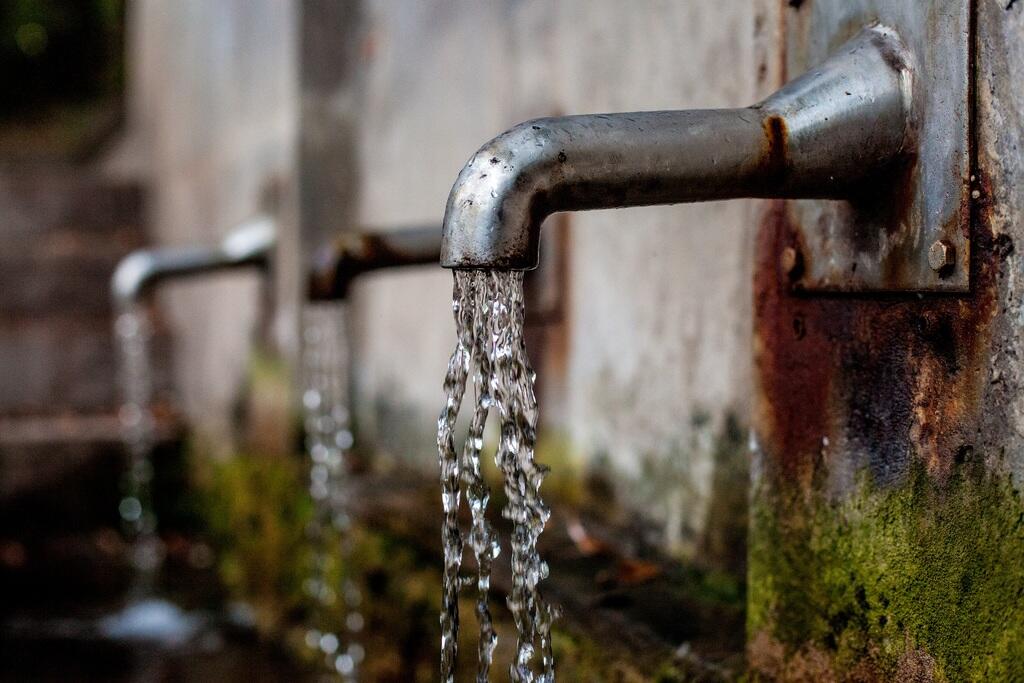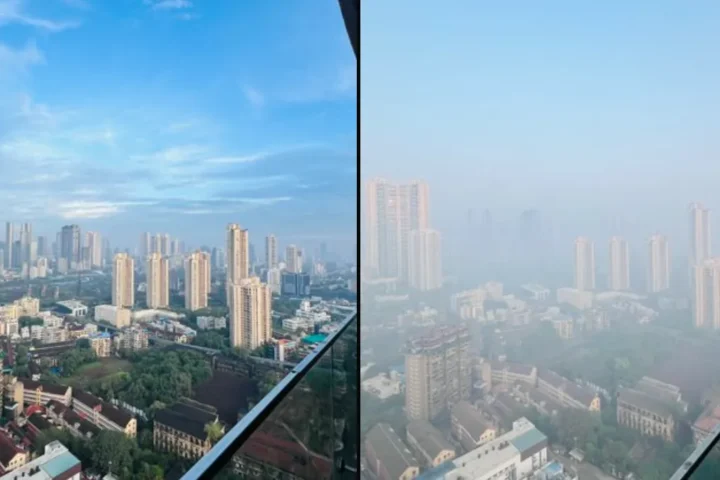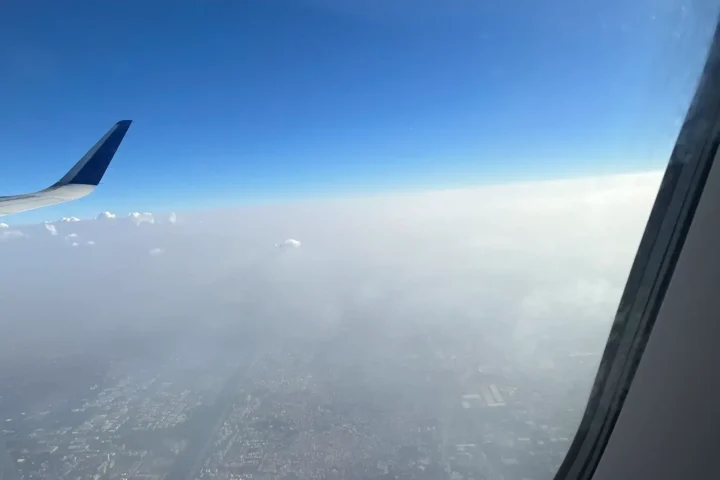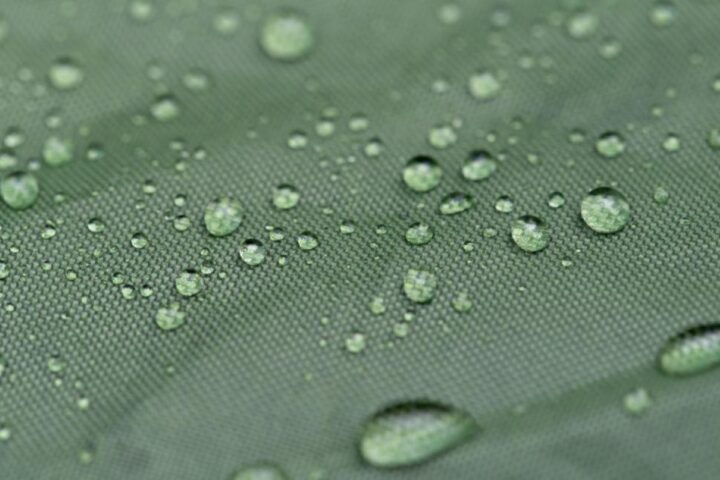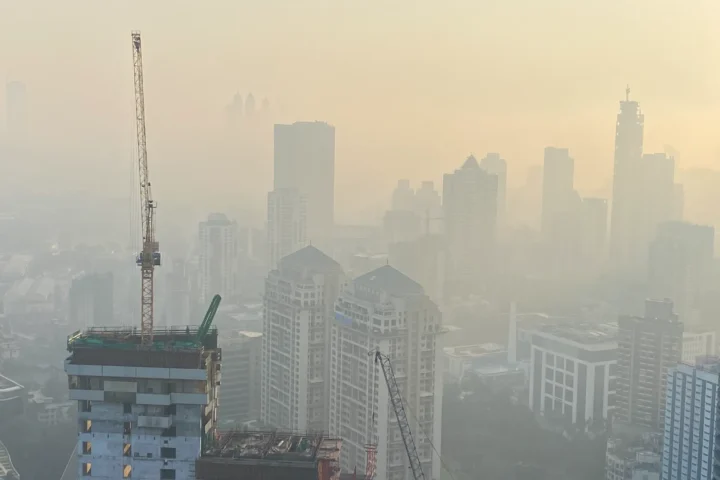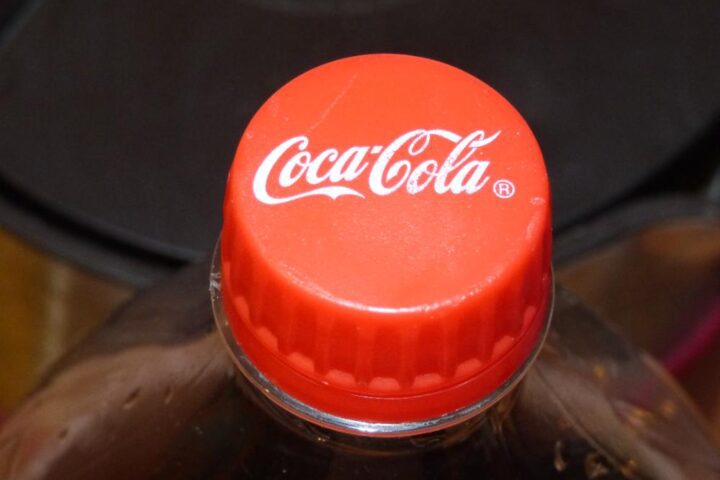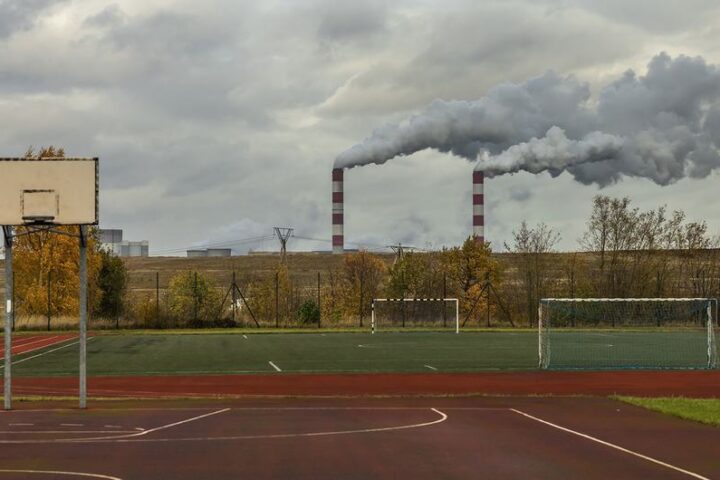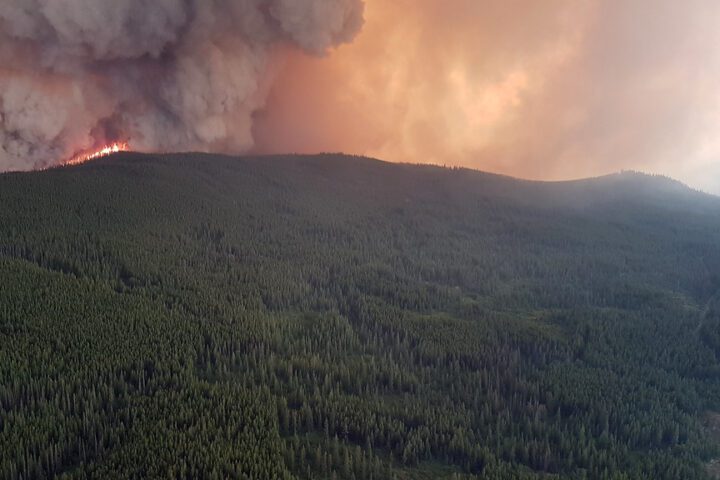New York faces a growing health and financial crisis due to PFAS “forever chemicals” contaminating drinking water across the state. A new report from the Natural Resources Defense Council (NRDC) reveals these chemicals could cost New Yorkers billions in healthcare expenses unless immediate action is taken.
PFAS chemicals earned their “forever” nickname because they don’t break down naturally. They’re found in everything from non-stick pans to waterproof clothing and firefighting foam. Once these chemicals enter our water, soil, and air, they stay there—and eventually end up in our bodies.
The numbers paint a troubling picture. About 1.3 million New Yorkers get their drinking water from 189 systems that contain concerning levels of PFOA and PFOS (two common types of PFAS). Another 1.1 million people use water systems with even higher concentrations. Making matters worse, roughly 68% of groundwater wells tested near landfills show PFAS levels above state safety limits.
Similar Post
“The impact on society of the continued use of PFAS is staggering,” the NRDC report states. The organization estimates PFAS-related health costs in New York range between $2.7 and $4.4 billion annually. These chemicals have been linked to kidney and testicular cancers, thyroid disease, liver damage, developmental issues in children, and weakened immune systems.
While New York was once a leader in addressing PFAS, setting its own safety standards at 10 parts per trillion (ppt) in 2020, the federal Environmental Protection Agency (EPA) recently set stricter limits of 4 ppt. However, the EPA announced in May 2025 plans to repeal standards for four regulated PFAS chemicals and delay implementation of standards for PFOA and PFOS.
Communities like Hoosick Falls, Petersburgh, and Newburgh have already felt the devastating effects of PFAS contamination. The financial burden is equally heavy—water providers and the Department of Defense have spent $436 million on PFAS cleanup in New York, with plans to spend over $1 billion more.
Cleaning up just the drinking water to meet federal standards would cost between $32-54 million annually. The annual operating costs for PFAS treatment plants can run from hundreds of thousands to over $2 million per system.

New York has taken some steps to address the problem, banning PFAS in firefighting foam, paper-based food packaging, carpets, rugs, and apparel. But environmental advocates argue much more needs to be done to “turn off the tap” on PFAS chemicals entering the environment.
Several million New Yorkers who rely on private wells remain particularly vulnerable, as many still don’t know what’s in their drinking water.
The NRDC report concludes that phasing out unnecessary uses of PFAS and developing safer alternatives represents the most cost-effective and health-protective approach. Even then, New York will be dealing with the consequences of these “forever chemicals” for generations to come.
Frequently Asked Questions
PFAS (per- and polyfluoroalkyl substances) are synthetic chemicals used in numerous consumer products like non-stick cookware, waterproof clothing, and firefighting foam. They’re called “forever chemicals” because they don’t break down naturally in the environment or human body. They’re dangerous because they accumulate over time, with studies linking them to serious health problems including kidney and testicular cancers, thyroid disease, liver damage, developmental issues in children, and weakened immune systems.
Approximately 2.4 million New Yorkers are affected by PFAS contamination. About 1.3 million get their drinking water from 189 systems with concerning levels of PFOA and PFOS (two common types of PFAS), while another 1.1 million use water systems with even higher concentrations. Additionally, millions of New Yorkers who rely on private wells may be affected but remain unaware as their water hasn’t been tested.
The financial costs are staggering. PFAS-related health costs in New York are estimated between $2.7 and $4.4 billion annually. Water providers and the Department of Defense have already spent $436 million on PFAS cleanup in New York, with plans to spend over $1 billion more. Just cleaning up drinking water to meet federal standards would cost between $32-54 million annually, with individual treatment plant operating costs ranging from hundreds of thousands to over $2 million per system per year.
New York was among the first states to set Maximum Contaminant Levels (MCLs) for PFOA and PFOS at 10 parts per trillion in 2020. The state has also banned PFAS in various products including firefighting foam, paper-based food packaging, carpets, rugs, and apparel. However, environmental advocates argue more comprehensive action is needed, especially since the EPA recently set stricter limits of 4 parts per trillion but then announced plans to repeal standards for four regulated PFAS chemicals and delay implementation for PFOA and PFOS.
Communities like Hoosick Falls, Petersburgh, and Newburgh have been particularly hard-hit by PFAS contamination and have become emblematic of the crisis in New York. These communities have experienced significant drinking water contamination, leading to public health concerns and costly remediation efforts. The contamination in these areas has highlighted the broader statewide issue and prompted increased attention to the problem.
If you receive water from a public water system, you can request water quality reports from your provider, which should include PFAS testing results if available. However, if you rely on a private well, you would need to have your water independently tested by a certified laboratory that can detect PFAS. This is particularly important since approximately 68% of groundwater wells tested near landfills in New York have shown PFAS levels above state safety limits, and many private well users remain unaware of potential contamination.
